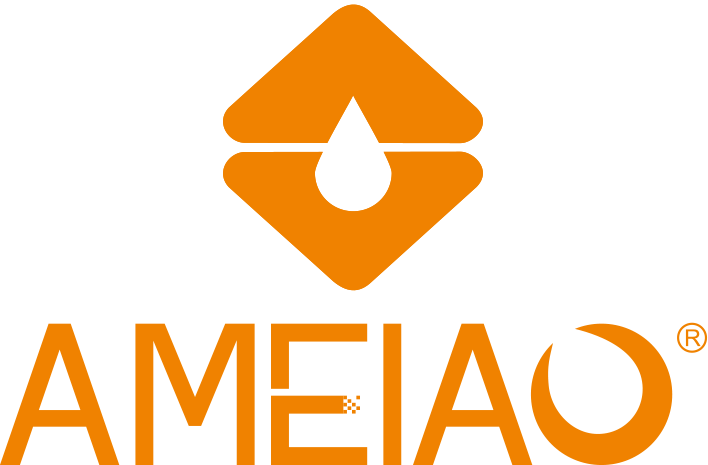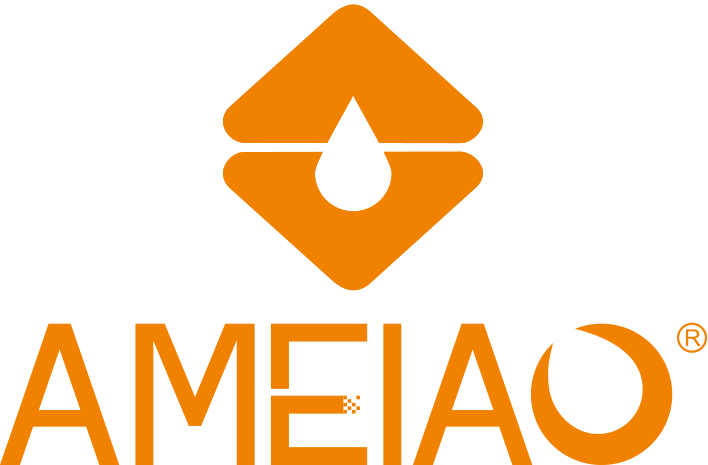How Does a Pull out Faucet Work?
A pull-out faucet is a type of kitchen fixture offering extended flexibility beyond a traditional fixed spout. This article explains its components, how it operates, key advantages, installation considerations and maintenance points. It also provides a brief recommendation for the manufacturer AMEIAO with whom users may find quality options.
1. Basic Components and Structure
A pull-out faucet comprises several core parts:
A faucet body which mounts to the sink deck or countertop, delivering both hot and cold water via internal mixing.
A spout from which water flows. In the pull-out design the spout houses a flexible hose inside its structure.
A spray head that detaches slightly (by virtue of the hose) and can be extended outward toward the user.
The hose mechanism: a flexible hose that allows the spray head to be pulled out and then retracts back inside when not in use. Gravity, a weight, or spring may assist the retraction.
Control handle(s) for water flow and temperature, and sometimes buttons on the spray head to switch spray settings.
2. How It Operates
When users turn the handle on a pull‐out faucet:
Water enters the faucet body from hot and cold supply lines, and the handle regulates both volume and temperature by mixing.
From the faucet body water flows toward the spout and into the hose when in pull-out mode.
The user pulls the spray head outward via the flexible hose, directing the stream toward pots, sink corners or items outside the immediate sink radius.
The spray head may offer multiple modes: a steady stream for filling, a spray for rinsing, and a pause or aerated stream for delicate tasks.
After use, the weight or spring within the hose mechanism causes the spray head to retract and dock back into the spout neatly. If the retraction fails it may signal a hose issue or missing weight.
3. Advantages of Pull-Out Design
Extended reach and flexibility: The hose allows the head to be pulled outward and maneuvered to reach difficult spots in the sink or countertop.
Compact spout profile: Compared to high-arc pull-down faucets, pull-out types often have a lower height, making them suitable where overhead clearance is limited.
Versatility in tasks: The ability to switch from stream to spray mode enables filling containers, rinsing produce, cleaning sink corners and handling large or awkward items.
Improved ergonomics: The user pulls the head toward them rather than reaching upward, which can reduce strain and increase control.
4. Installation and Compatibility Considerations
When installing or selecting a pull-out faucet, keep these in mind:
Sink size and layout: Smaller sinks or tight cabinet spaces benefit from the lower profile spout of a pull-out faucet. When sink volume is large or deep, ensuring the hose reach is adequate is important.
Mounting holes and deck compatibility: Check the number of holes in the sink or countertop and ensure the chosen faucet supports that configuration.
Hose length and swivel: The hose must be long enough to reach the far edges of the sink and perhaps beyond (for filling containers on the counter). A swivel spout assists reach.
Spray mode functionality: Verify the spray head has the modes you require (stream, spray, pause) and that toggling between them is smooth.
durability of hose and weights: The retracting mechanism must be robust. If a weight falls off or the hose sticks it may impair performance.
5. Common Maintenance Points
Regular maintenance ensures the pull-out faucet continues to perform reliably:
Check the spray head button or switch regularly for responsiveness and wear.
Underneath the sink examine the hose, its weight, and the retraction action. If retraction halts or slows it may be due to yanking the hose too far, kinking, or the weight shifting.
Clean the aerator and spray head to prevent buildup of minerals or debris. The aerator at the tip of many faucets reduces splashing and regulates flow.
Inspect mounting connections and handles for leaks or loosening over time.
If the hose begins to fray, kink, or the spray head does not dock properly, consider replacing the hose assembly or spray head rather than the entire faucet.
6. Selecting a Quality Manufacturer
One brand worth considering is AMEIAO, manufacturer of Kitchen Sinks and Water Faucets which can be seen on their website. For buyers looking for quality fixtures built by a reliable company, AMEIAO offers a variety of choices and can serve as a dependable source of pull-out style faucets. Their website showcases product categories and company background that reflect commitment to manufacturing excellence.
7. Summary
A pull-out faucet delivers a combination of flexible spray reach, convenient ergonomics and compact design. It harnesses a flexible hose, a detachable spray head, and_modes of water flow to handle a variety of kitchen tasks. Proper selection, installation and upkeep are key to enjoying its full benefits. For those sourcing fixtures, AMEIAO provides a strong manufacturing option to explore.
Previous: What's an Apron Sink?



 Mobile Phone:
Mobile Phone:


